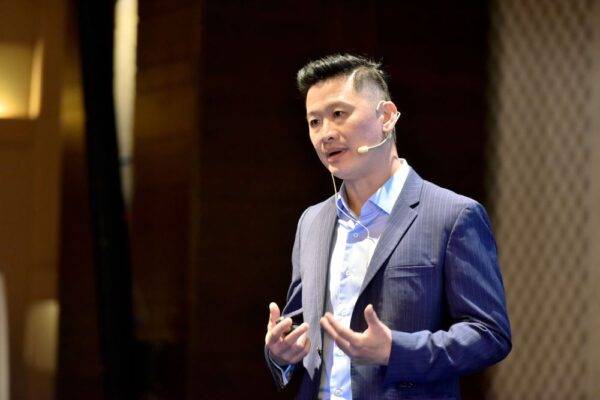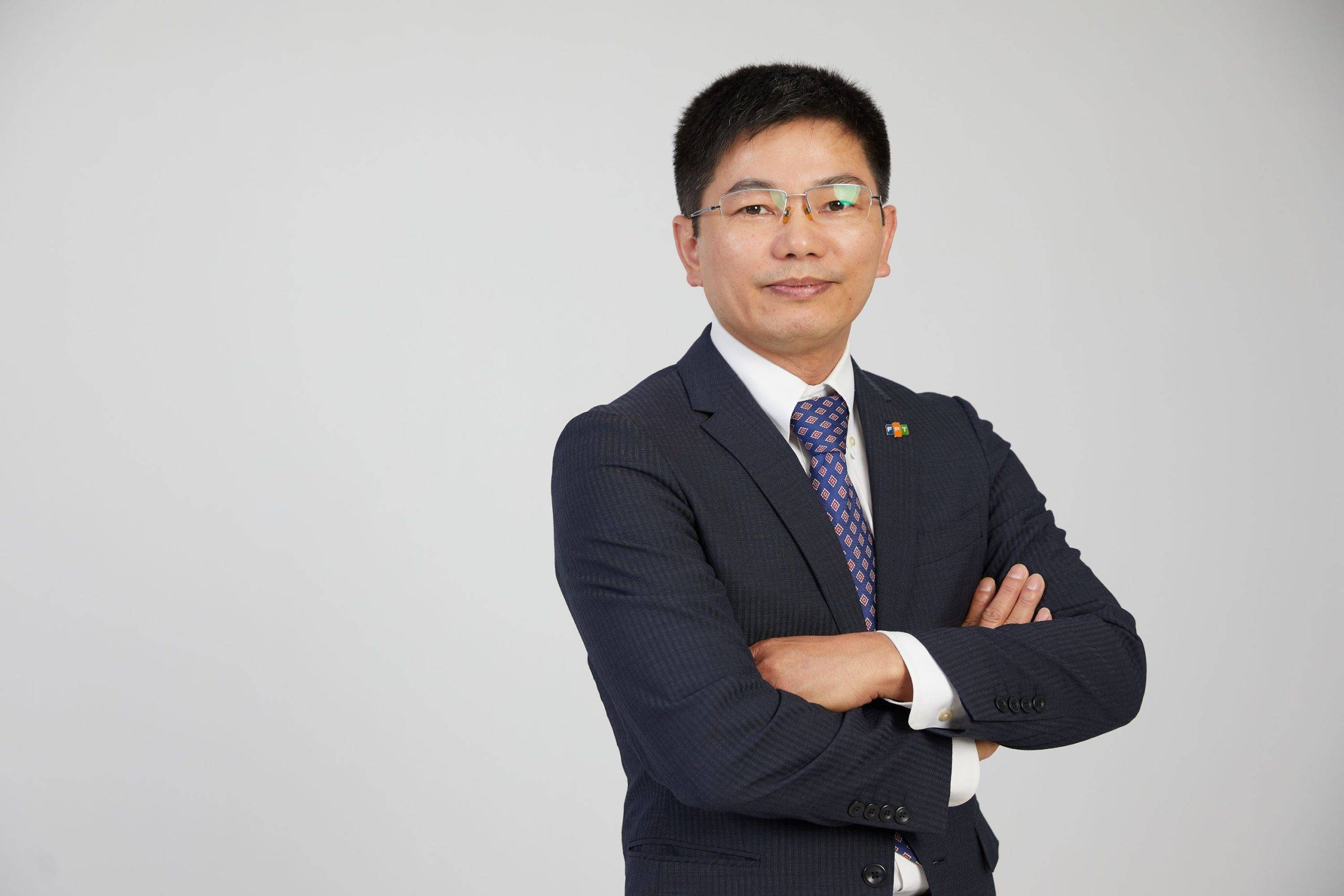Digital twin and industrial metaverse technologies have evolved to the point there can be real benefit especially for the manufacturing industry in Southeast Asia. But, what are the incentives to take to start the digitalization journey?
At a glance, a majority of us may know the industrial metaverse as a combination of the physical and the digital to create an industrial environment. This involves the use of technologies like augmented reality, virtual reality, the internet of things, and more to create digital twins of physical assets, according to Siemens Digital Industries Software’s Managing Director and Vice President in Southeast Asia, Alex Teo.
“We have been working with digital twin technology for many years. So, we are able to simulate machines and how they move using kinematics, before we even build them,” Alex described.
This is possible thanks to Siemens’ automation portfolio and the expertise they have gathered over the years to program and control machines – this enables them to replicate the same motions and behaviors of large industrial machines for highly accurate digital twins.

When this is combined with computational dynamic flow (CFD) which is the study of flows, heat transfer, chemical reactions, and related phenomena, virtual environments can be replicated to simulate very real-life conditions as well. CFD is used as part of Siemens’ simulation portfolio to model these complex systems.
Here Alex quips, “When people talk about digital twins, they think of Siemens… we are synonymous to it, and the industrial metaverse is one level above (digital twins).”
During the 2024 CES, CEO of Siemens Digital Industries, Cedrik Neike, had described how Siemens is making the industrial metaverse more accessible so that customers can “solve their real-world problems faster, more sustainably, and with greater efficiency.”
An open business platform for DX acceleration
During an interview with CXpose.tech, Alex talked about an open business platform which has the aim of accelerating digital transformation for customers by making easier and faster production at scale, possible.
“Customers can access a portfolio of connected hardware and softwares, as well as an ecosystem of our partners, and a curated marketplace. This three-pillar approach is our solution to the challenges of digitalization.
A shift left philosophy is the use of data to solve issues earlier in the process and to help companies design products and processes faster and with greater cost efficiency.
“We honestly can’t do everything by ourselves, so we need to leverage the larger marketplace to bring (capabilities) in.”

Alex Teo, Siemens Digital Industries Software
Alex Teo, Siemens Digital Industries Software
Since the end of June 2023, the Siemens Xcelerator ecosystem boasts 96 partners including the likes of AWS, Daimler, Microsoft, Bentley, Capgemini, NTT Data, and more, that work on solutions like decarbonization, digital engineering, scaling indoor farms, and scaling battery production for sectors like healthcare, commercial buildings, food & beverage, data centers, higher education, and more.
A more specific example is Siemens’ partnership with Red Bull which exemplifies how the Siemens Xcelerator portfolio helped the racing team develop a next generation hybrid power unit for the Formula One 2026 racing season.
Technical director of Red Bull Powertrains Ltd, Ben Hodgkinson, described Siemens Xcelerator as “the digital backbone of our design and manufacturing journey, enabling us to concurrently engineer hundreds of rapid design evolutions across a large newly formed team; ensuring each designer has visibility and knowledge of what their colleagues are working on.”
Industrial metaverse offerings
Being able to simulate how a solution or product would work before committing to physical designs, helps to reduce costs as well as enable faster iterations after production, which leads to shorter time-to-market.
This reflects a shift left philosophy which is the use of data to solve issues earlier in the process and to help companies design products and processes faster and with greater cost efficiency.

Red Bull Ford Powertrains is using the Siemens Xcelerator portfolio of industry software to develop a new hybrid power unit for 2026 racing season (Image credit: Red Bull Ford Powertrains)
Any company that manufactures products or components, that faces challenges in terms of costs, time-to-market, and that does not have an innovation platform, could benefit from the industrial metaverse. When asked, Alex responded that digitalization of processes is an important first step for companies that want to adopt industrial metaverse technologies.
But most of the time, the design of the product is already committed to, with very little space for manufacturers to innovate in terms of components and supply chain.
“I don’t think you can jump onto it from day one. You still also have to build your physical-digital twin because that’s the foundation. It’s a step-by-step journey.”
Regional potential
He cautioned against optimizing/digitalizing just one part of the company, as this would not reap as many benefits. In fact, there could be more benefit for manufacturers, especially in the Southeast Asia (SEA) region, to go the whole nine yards – deploy manufacturing execution systems, integrate with ERP (enterprise resource planning), and digitalize their supply chains, among other things.
“I am going to say this very carefully – many companies here are not designing, and they are very focused instead on manufacturing.”
Manufacturers would do their utmost to make products as high-quality, and as low-cost as possible. But most of the time, the design of the product is already committed to, with very little space for manufacturers to innovate in terms of components and supply chain.
Alex opined that it’s a different story when processes are fully digitalized, because there could be alternative choices due to visibility of the product design phase. With this visibility, more informed decisions can be made, like choosing parts that have longer shelf life, or buying in bulk ahead of time to reduce costs, and more.

He said, “All these are examples of shifting left, making more informed decisions, and connecting the supply chain with the OEM (original equipment manufacturer).”
In fact, Siemens has helped many contract manufacturers achieve this via a company they acquired a few years ago, called SupplyFrame.
Many big OEMs are actually moving to this part of the world, he observed, and as a result of that the supply chain would move along in order to remain efficient and keep costs low.
With technologies like artificial intelligence and machine learning on top of automation and simulation, these manufacturers have an opportunity to improve business outcomes and their competitiveness.






